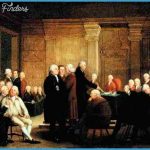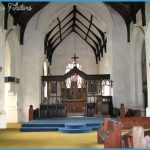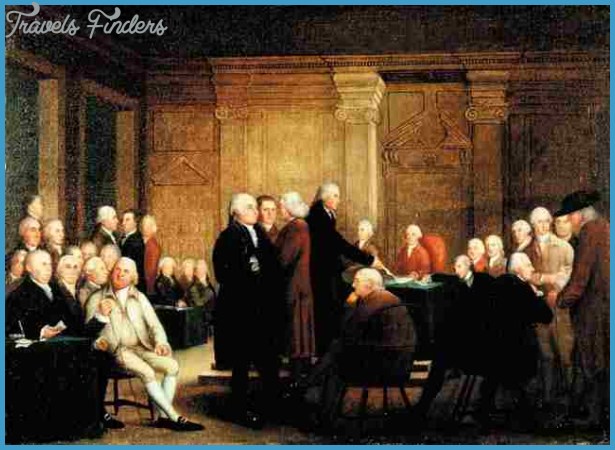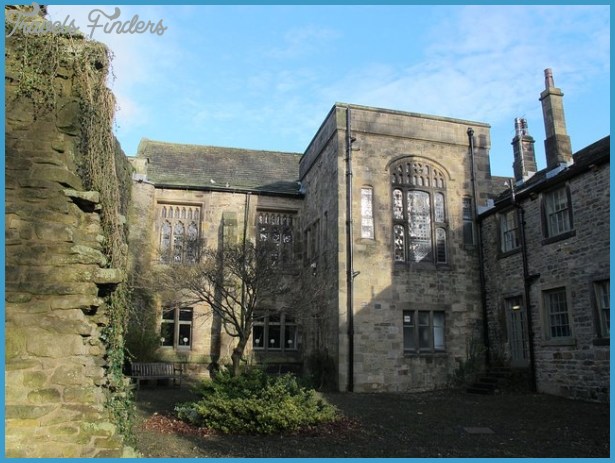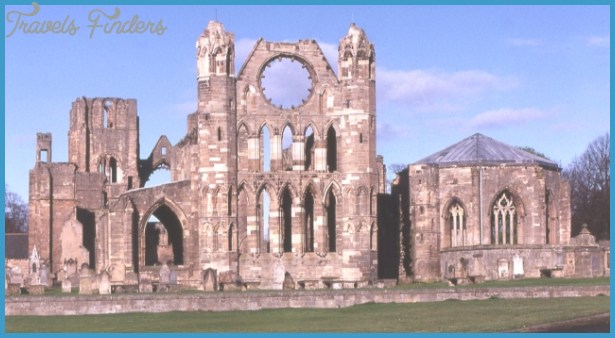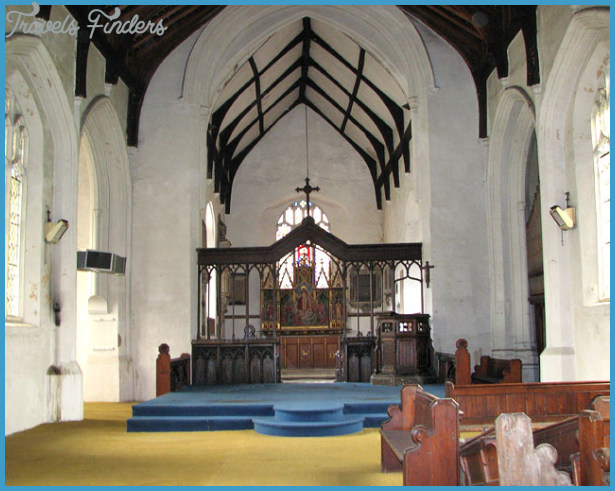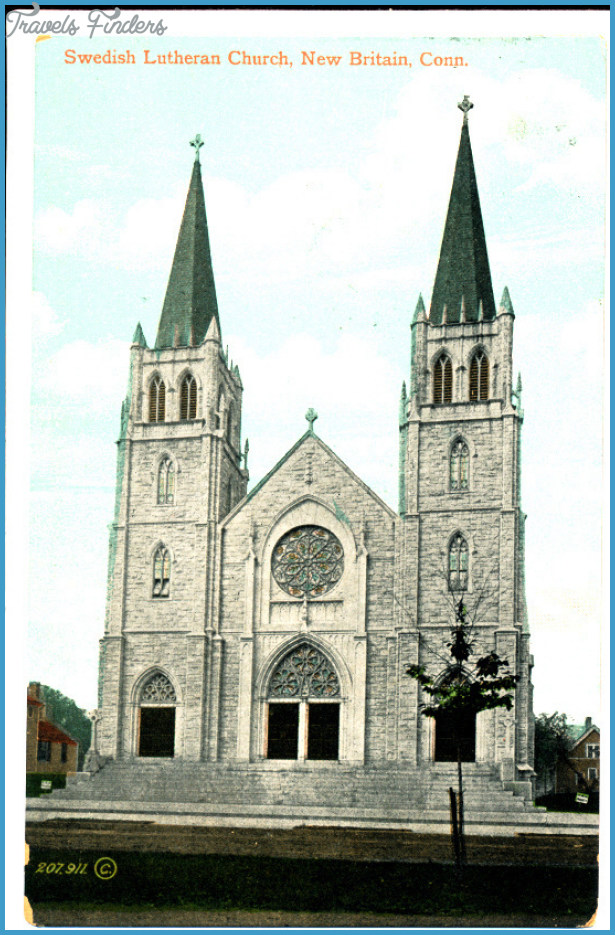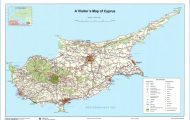REFORMATION, REPUBLICANISM, AND RESTORATION OF BRITAIN
Henry VIII, crowned in 1509, converted Britain from Roman Catholicism to Protestantism; Elizabeth I cemented the success of the reformation. The first union of England, Wales, and Scotland effectively took place in 1603, when James VI of Scotland ascended to the throne as James I of England. The monarchy was abolished during the English Civil Wars (1642-1651), and the first British Commonwealth was founded in 1649. Oliver Cromwell emerged as the charismatic but hopelessly despotic military leader of the new Commonwealth. Much to the relief of the masses, the Republic collapsed under the lackluster leadership of Cromwell’s son Richard. Charles II returned to power unconditionally in 1660. Debate raged over whether to exclude Charles’s fervently Catholic brother James II from the succession, which established England’s first political parties: the Whigs, who insisted on exclusion, and the Tories, who supported hereditary succession.

